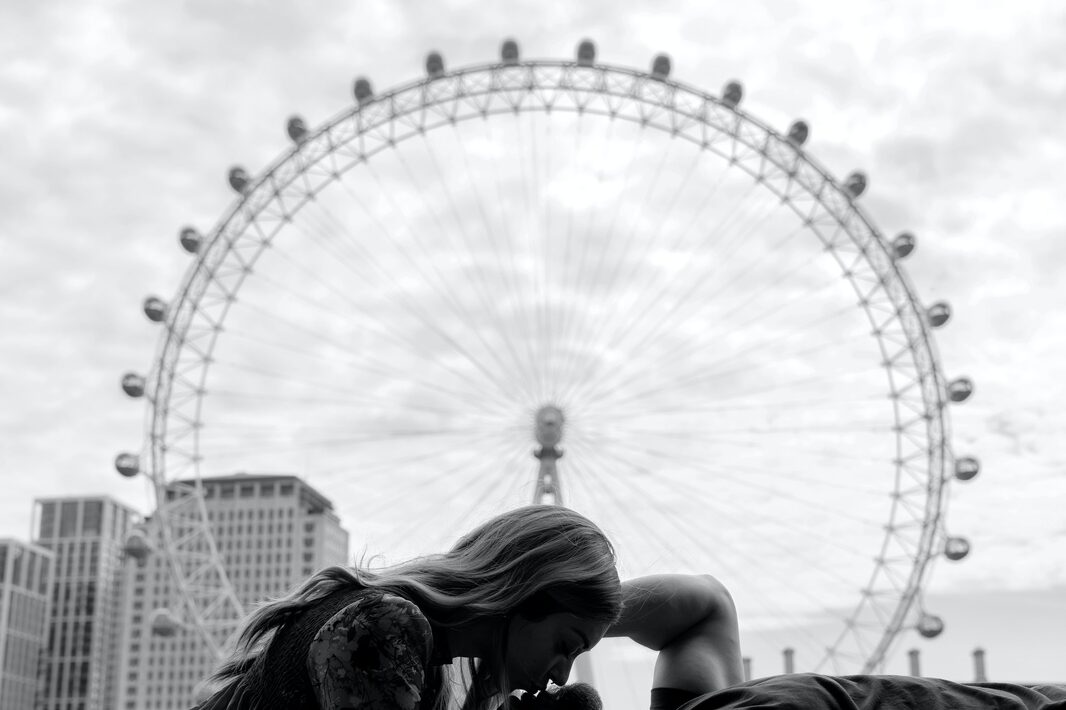A Stage Set for Creativity
The Elizabethan era (1558-1603) witnessed a theatrical revolution that transcended the boundaries of its time. The innovative spirit of the era extended beyond the words of the playwrights, seeping into the very structure of the stage itself. From trapdoors to ingenious special effects, the Elizabethan stage became a canvas for daring and imaginative theatrical innovations that continue to influence performance art today.
Hidden Depths: Trapdoors and Entrances
Trapdoors, a hallmark of Elizabethan theatre, introduced an element of surprise and mystery to performances. These concealed openings in the stage allowed for dramatic entrances and exits, adding depth to characters’ appearances. Trapdoors played a pivotal role in scenes involving apparitions, sudden appearances, and symbolic descents into hidden realms.
From Above and Below: Flying and Descending Mechanisms
The Elizabethan stage embraced the concept of flight and descent, albeit in a primitive form. Ropes and harnesses were employed to lift actors into the air, simulating flying or celestial beings descending to Earth. While not as sophisticated as modern flying effects, these early attempts at aerial performance laid the groundwork for the spectacular stagecraft of later centuries.
Illusions and Transformations
Illusion was a driving force behind many Elizabethan special effects. Through the use of trapdoors, concealed compartments, and intricate stage machinery, the stage could transform before the audience’s eyes. Characters could appear or disappear in a puff of smoke, objects could materialize seemingly out of thin air, and entire scenes could shift effortlessly, leaving audiences in awe.
Sound and Music
Theatrical innovation extended beyond the visual realm, encompassing auditory experiences as well. Music and sound effects were integral to Elizabethan performances, enhancing the atmosphere and emotional impact of scenes. Musicians hidden within the tiring house or the galleries provided live accompaniment, contributing to the immersive nature of the theatrical experience.
The Power of Imagination
The limitations of Elizabethan stage technology fostered a reliance on audience imagination. Rather than relying solely on elaborate sets, playwrights and directors trusted the power of language and the audience’s willingness to suspend disbelief. This collaborative dynamic between the stage and the audience allowed for a rich exchange of creativity and interpretation.
Modern Echoes and Inspiration
The theatrical innovations of the Elizabethan stage have left an indelible mark on the world of performance. Modern theatre owes a debt of gratitude to the imaginative techniques developed during this era. The spirit of experimentation and the understanding of the symbiotic relationship between technology and imagination continue to influence contemporary stagecraft.
Conclusion
The theatrical innovations of the Elizabethan stage revolutionized performance art. From trapdoors that concealed secrets to rudimentary flying effects that defied gravity, these innovations expanded the possibilities of storytelling. As we explore the ingenuity of the Elizabethan era, we recognize that the marriage of creativity, technology, and audience engagement continues to shape the evolution of theatre.

